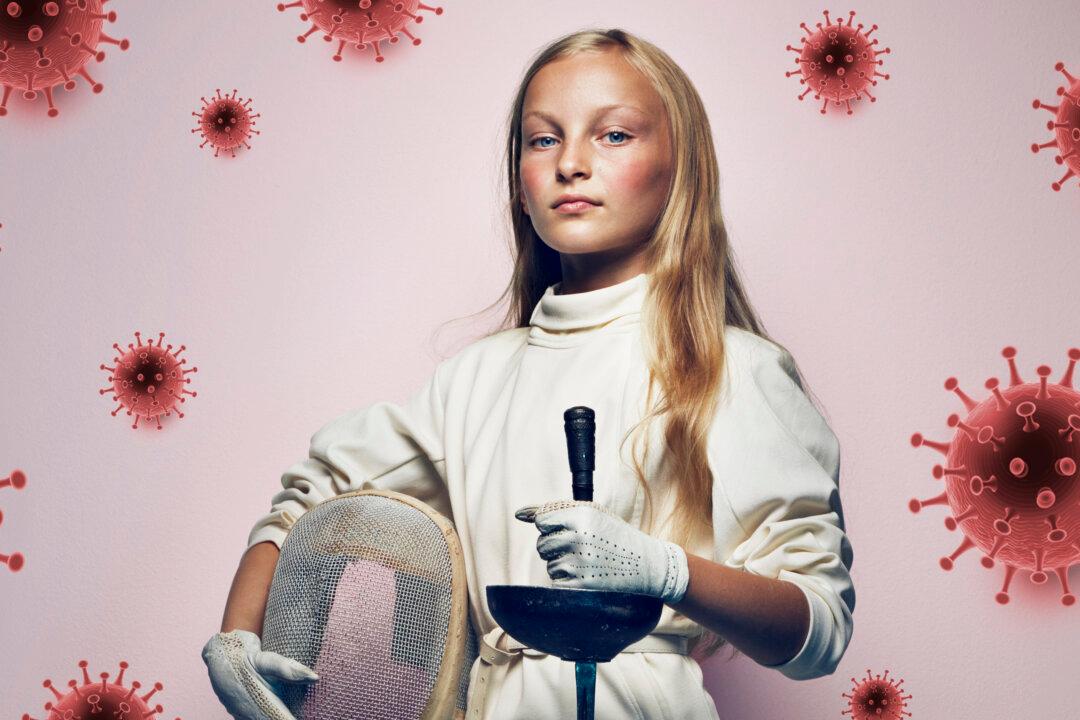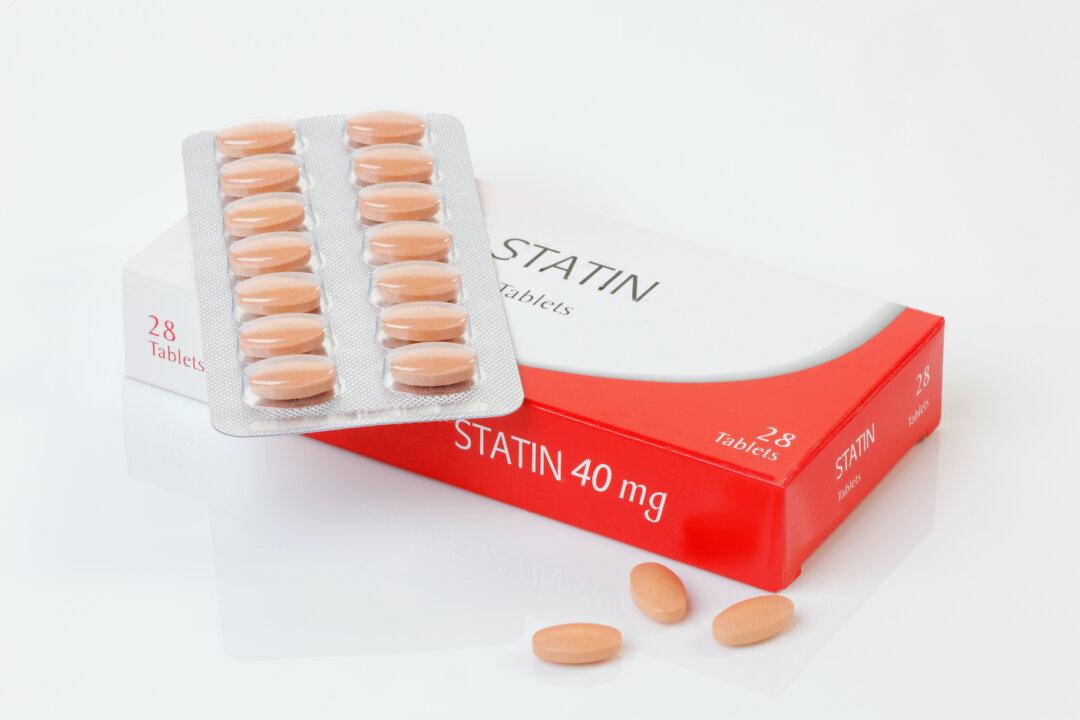Have you ever wondered exactly how your immune system works? Or how natural immunity differs from vaccine-induced immunity when it comes to SARS-CoV-2, the virus more popularly known as COVID-19? Despite all the complicated terms you may read in the news, it’s actually quite simple—once you understand the basics and understand the soldiers and engineers in your body fighting to keep you safe.
Immunology 101
The human immune system is incredibly complex. In simplistic terms, it can be divided into two main branches: the innate and the cellular or adaptive immune systems. The innate immune system is akin to soldiers acting as sentries guarding the fortress, the first line of defense against foreign invaders. These sentries are constantly on guard at all portals of entry into the fortress of the body such as the nose, sinuses, mouth, throat, lungs, the whole length of the stomach and intestines, the eyes, and the entire surface of the skin.This frontline defense starts its own fight against enemy invaders and also calls in a powerful second line of defense, the cellular or adaptive immune system. This second line of defense is analogous to a corps of engineers who receive instructions from the sentries for how to make specific weapons called antibodies that are custom-made to bind and neutralize each individual foreign invader encountered. It takes time, usually a few weeks, for the engineers to make effective antibodies for each new invader. Once the antibodies bind to and neutralize the foreign invaders, other immune cells called macrophages come along like “pac-men” to gobble up, digest, and destroy the dead enemies and debris from the battlefield.






